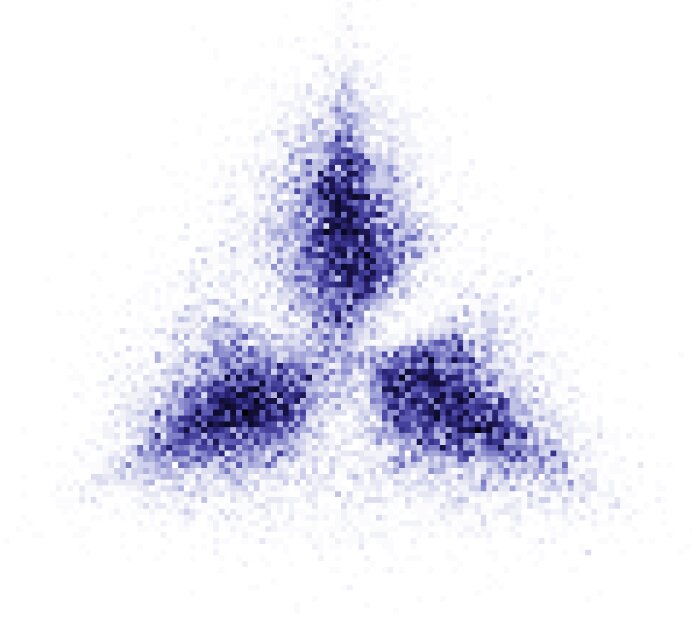
Researchers at Heidelberg University‘s Physics Institute have recently observed the Pauli principle directly in a continuous system comprised of up to six particles. Their experiment could pave the way towards a better understanding of strongly interacting systems comprised of fermions.
In recent years, the team of researchers placed a lot of efforts into developing a new technique that allows them to image single atoms in mesoscopic systems, in order to examine them in more detail. In their recent study, they applied this technique to continuous systems of up to six non-interacting fermionic atoms for the first time.
To ensure that they could directly observe the Pauli principle in continuous systems, the researchers perfected a cooling technique that they pioneered a few years ago. This technique enables the removal of all ‘hot’ atoms with higher energies from a system in a deterministic way. By removing these atoms, the researchers were able to prepare the system’s ground (i.e., lowest energy) state with high levels of fidelity.
The observations gathered by the researchers demonstrate that the correlation between individual particles can also be observed in continuum systems, in which the wave functions of individual particles overlap. So far, they used the technique they developed to observe Pauli crystals, which are beautiful visualizations of the Pauli principle. However, the same technique could soon also be used to explore other strongly correlated many-body systems. (Phys.org)
The work has been published in Physical Review Letters.
